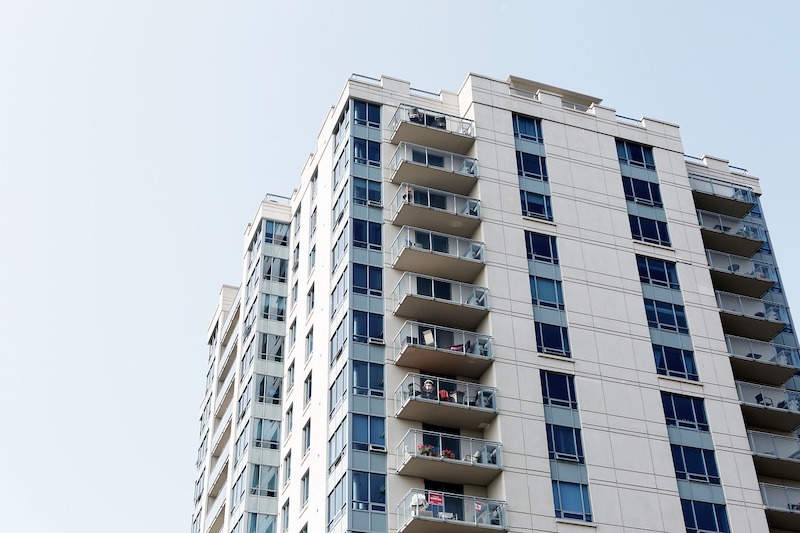The U.S. Department of Housing and Urban Development (HUD) has adopted five new safe harbors for new multifamily housing projects.
These safe harbors apply to instances where there are conflicts between applicable code and FHA requirements. Safe harbors often lag behind new codes and standards, so these updates should reduce confusion for architects and contractors.
Usually, where there is a conflict between an FHA requirement and applicable code, the most stringent requirement takes precedence. There are instances, though, where there is a conflict with neither requirement being more stringent than the other.
Safe harbors provide guidance to the design and construction industry to sort out such conflicts. A safe harbor must be applied by the entire design and construction team in order to establish that the housing project complies with FHA requirements.
To stay current with new versions of codes, HUD changed its rulemaking requirements on how and when it can adopt new safe harbors. Now, the department may propose a new safe harbor by Federal Register notice with a 30-day public comment period. This will allow HUD to more quickly adopt updated standards and prevent conflicts between FHA requirements and codes.
Related Stories
| Apr 19, 2012
Michigan legislature tackling controversial rules on electricians
A fight is brewing in the Michigan legislature over how many fully qualified electricians must be present during electrical work when apprentices also are on hand.
| Apr 19, 2012
Washington city may base building code on rising sea level due to global warming
Aberdeen may become the first city in Washington to base a building code on rising oceans and global warming.
| Apr 19, 2012
CSI webinar on energy codes and building envelopes
This seminar will review recent changes in energy codes, examples of building enclosure wall assemblies for code compliance, potential moisture management and durability challenges, and design tools to assess and minimize potential problems.
| Apr 19, 2012
Innovative plan for storm water in Philadelphia gets EPA’s OK
Philadelphia's $2 billion plan to manage its storm water with green methods including porous pavement, green roofs, and more trees, was officially approved last week by the U.S. Environmental Protection Agency.
| Apr 19, 2012
LEED 2012 to include new credit category for transit-oriented development
The updated LEED 2012 system will introduce a new credit category, “Location and Transportation,” to encourage development oriented around public transit and more walkable communities.
| Apr 17, 2012
FMI report examines federal construction trends
Given the rapid transformations occurring in the federal construction sector, FMI examines the key forces accelerating these changes, as well as their effect on the industry.
| Apr 16, 2012
University of Michigan study seeks to create efficient building design
The result, the researchers say, could be technologies capable of cutting the carbon footprint created by the huge power demands buildings place on the nation’s electrical grid.
| Apr 13, 2012
Congress’s action doesn’t mean Pentagon can’t build LEED gold structures
Though Congress passed a defense budget preventing the Department of Defense from spending money to achieve LEED gold or platinum certification, the Pentagon may still end up constructing buildings to those standards.
| Apr 13, 2012
International Living Building Institute certifies first two Net Zero Energy buildings
A community building in Oregon and an office building in California are the first two projects to earn net-zero status under the International Living Building Institute’s Net Zero Energy Certification program.
















